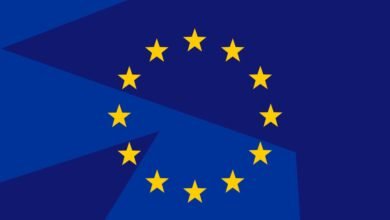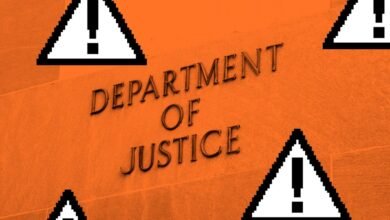YouTube Reinstates Banned Channels: Advertiser Impact Explained

▼ Summary
– YouTube will reinstate channels previously banned under old COVID-19 and election integrity rules, marking a major shift in content moderation.
– The platform’s parent company, Alphabet, stated this change is due to policies that are no longer in effect and a new priority on free expression.
– Reinstated channels will be eligible to run ads again, creating more advertising inventory but also potential brand-safety concerns.
– YouTube will replace some fact-checking mechanisms with a new tool that allows users to add context notes to videos.
– This policy shift creates a path back for suspended creators and could reshape competition for views and advertising revenue on the platform.
YouTube is implementing a significant policy reversal, reinstating channels that were previously banned for violating old COVID-19 and election integrity rules. This move marks a substantial change in the platform’s content moderation strategy and directly affects the digital advertising landscape. The decision, communicated by Alphabet to Congress, indicates a renewed emphasis on free expression over certain former enforcement actions.
According to the details, channels terminated for repeated breaches of policies that are now defunct will be permitted to return to the platform. Alphabet acknowledged past external pressures to remove content but is now shifting its stance. As part of this updated approach, YouTube plans to phase out some fact-checking systems in favor of context notes, a feature that allows users to append clarifications to videos, similar to a tool already used by X.
The reinstatement of these channels means they will once again become eligible to monetize their content through advertising. This development introduces a larger pool of ad inventory for marketers. However, it also raises important brand-safety concerns. Advertisers will need to carefully assess whether these newly reinstated channels align with their values and campaign goals. The policy shift potentially opens up new reach opportunities on YouTube, but it may also necessitate more diligent placement monitoring to avoid ads appearing alongside controversial material.
For content creators who were suspended, this change provides a crucial pathway back to the platform. Their return could alter the competitive dynamics for audience attention and advertising revenue. Chris Cabaniss, co-founder of Falcon Digital Marketing, highlighted the strategic implications for brands. He noted that regardless of individual political leanings, the return of these channels is major news. Advertisers will have to make conscious decisions about whether they want their ads to appear on these reinstated channels, making it a pivotal moment for campaign planning.
This policy update reflects broader debates about content moderation and advertising on major digital platforms. The full impact on the marketing ecosystem will become clearer as reinstated channels begin publishing content and attracting viewers once more.
(Source: Search Engine Land)





